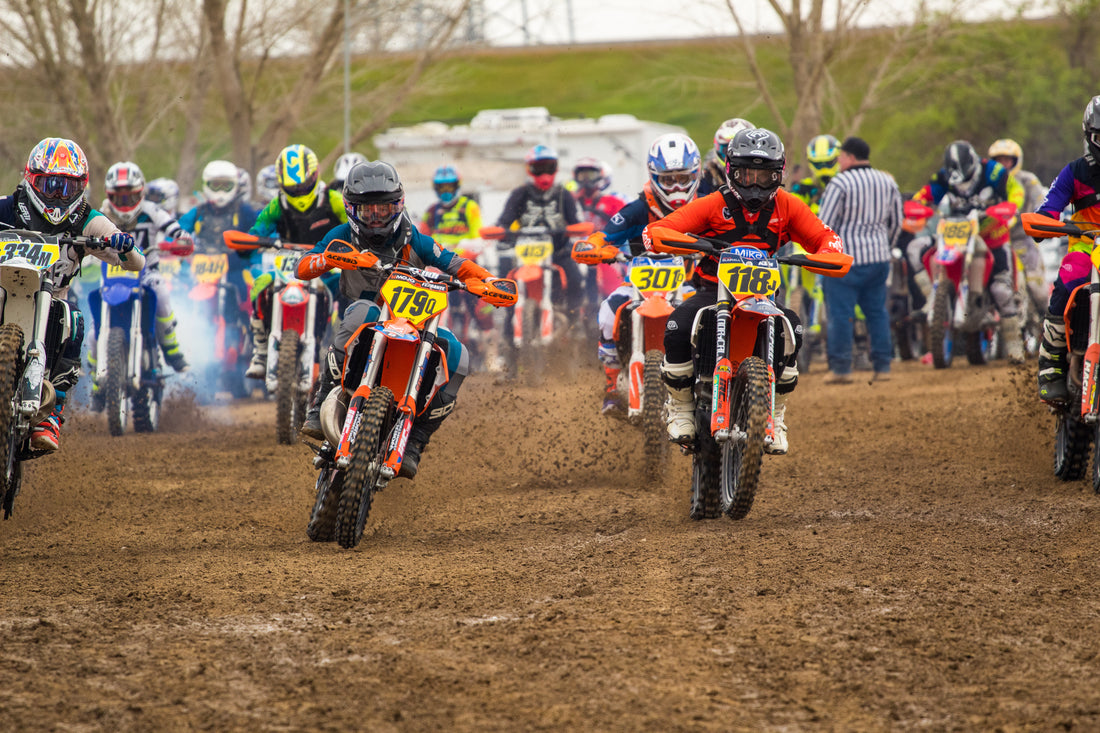Boyesen Waterpump Cover & Impeller Kit | MPK-44A
$ 214.95
Description
Fitment:
Gas-Gas EX 250F 2021 to 2023
Gas-Gas EX 350F 2021 to 2023
Gas-Gas MC 250F 2021 to 2023
Husqvarna FC 250 2016 to 2022
Husqvarna FC 350 2016 to 2022
Husqvarna FE 250 2017 to 2023
Husqvarna FE 350 2017 to 2023
Husqvarna FX 350 2017 to 2022
KTM 250 EXC-F 2017 to 2019
KTM 250 SX-F 2016 to 2022
KTM 250 XC-F 2016 to 2022
KTM 350 EXC-F 2017 to 2019
KTM 350 SX-F 2016 to 2022
KTM 350 XC-F 2016 to 2022
- 2-Piece Cast Aluminum Construction
- Oil Filter Access for Hassle Free Filter Changes
- Increased Coolant Flow at all RPM Ranges
- Patented Nautilus Style Impeller for Hydrodynamic Efficiency
PROTECT YOUR INVESTMENT
Internal engine heat, although needed for horsepower, is also extremely destructive to your engine if it is not managed properly. Internal engine heat, although needed for horsepower, is also extremely destructive to your engine if it is not managed properly. Internal-combustion engines burn fuel hotter than the melting temperature of engine materials. When an engine is operating out-of-balance with its cooling system's capacity, the internal temperatures often rise to levels that cause damage to the cylinder, piston, and valve-train components. If these parts become heated over the optimal operating upper limit range, component damage will begin to occur. Reduced to its common reasons for being essential in an internal combustion engine, cooling system efficiency can have a dramatic influence on the longevity of the internal working components of your bike's engine. These include the reduction of thermal stresses and strains caused by pre-ignition and detonation (particularly the latter), distorted cylinder bores, potential damage to pistons and rings, and damaged valve-train components.
HOW EXCESSIVE ENGINE HEAT IMPACTS EFI SYSTEMS
Most people know that when your engine runs hot, it will make less horsepower – but what causes this to occur? In order for optimal horsepower to be generated, your machine’s EFI system is required to deliver a precise mixture of air/fuel after processing data from sensors located in the engine. This continual process ensures that optimal engine performance is consistent. Taking a closer look into this process reveals that EFI equipped engines use ECT (Engine Coolant Temperature Sensing) to deliver moment-to-moment coolant/engine temperature data to the ECU. The Engine Control Unit (ECU) uses this feedback to continually factor your machine’s engine temperature and make on-the-fly adjustments to ignition timing, and air/fuel mixture (as a percentage of +/-) from the pre-determined, optimal air/fuel mapping.
When the ECT sensor detects excessive engine heat and transmits this data to the ECU, the ECU automatically retards timing, and richens the air/fuel mixture. This is done in order to bring the operating temperature of the engine back down to its optimal operating temperature. It is a pre-programmed fail-safe condition and it is the way your bike has been designed to protect itself from heat-related engine failure. When the ECU adjusts into fail-safe mode this has a direct impact on how much horsepower your engine is ALLOWED to produce – this is largely based on the temperature of your machine’s engine at any given time and is why controlling engine temperature is emerging as one of the most important aspects of engine tuning. By reducing core engine temperatures your machine’s power characteristics will be optimized and your engine will not be forced by the ECU to reduce its horsepower output in order to protect itself from overheating.
HYPERFLOW INTEGRATION ADVANTAGE: ANTI-CAVITATION PERFORMANCE
What is HFI? Otherwise known as Hyperflow Integration, HFI represents our holistic approach to improving the efficiency and flow rates of your bike's water pump systems. Like any project at Boyesen, HFI is an engineering design process that is rooted in researched and tested performance. It is the driving force behind why the Supercooler works so well. HFI is the backbone of each Supercooler's final design and it is based on the process of correcting the in-efficiencies and production-based limitations found in the design of stock waterpump systems. For each Supercooler made, our Engineers apply ongoing research and development processes that yield the greatest increases in cooling performance for each make/model/year of machine in the following areas: Inlet Diameter Capacity Hydro-dynamically Optimized Interior Surface Modeling Hydro-dynamically Optimized Impeller Design and Function What's the result of the HFI design process? Superior fluid flow rates, increased hydrodynamic efficiency, and superior heat management capability yields the best performing water pump system that you can buy. Simply stated, HFI innovation has been recognized worldwide by factory race teams as the technological benchmark in bolt-on engine heat-reduction performance.


PROFLOW: HIGH OUTPUT IMPELLER
The Supercooler's hydrodynamically optimized impeller increases overall coolant flow rates and virtually eliminates coolant cavitation when compared to stock waterpump designs. The Supercooler's impeller is designed to be hydrodynamically efficient, meaning that it not only propels the cooling fluid into the engine without cavitation, but it demands less parasitic loss from the engine. The anti-cavitation performance of the Pro-Flow impeller increases overall coolant flow rates and increases your bike's ability to handle high heat dissipation.




